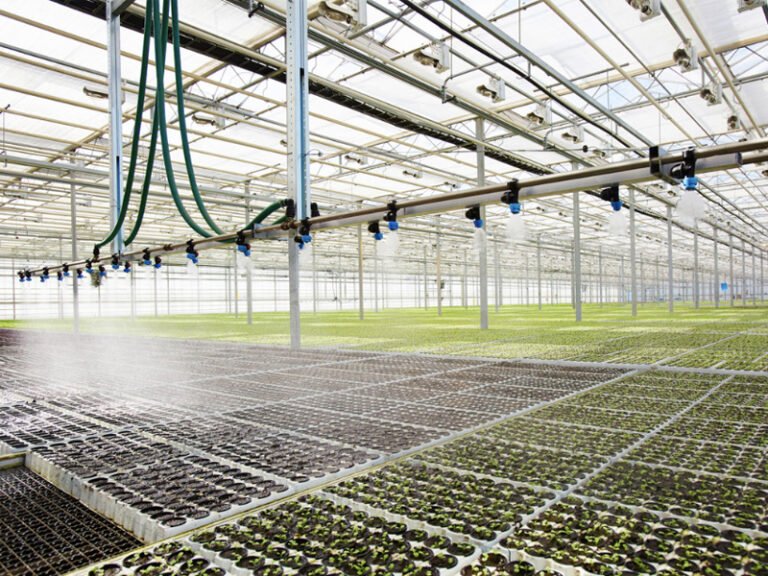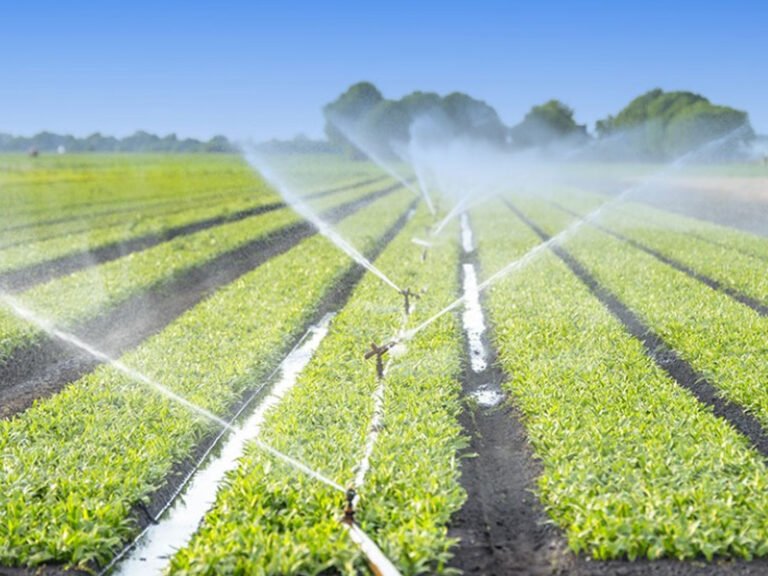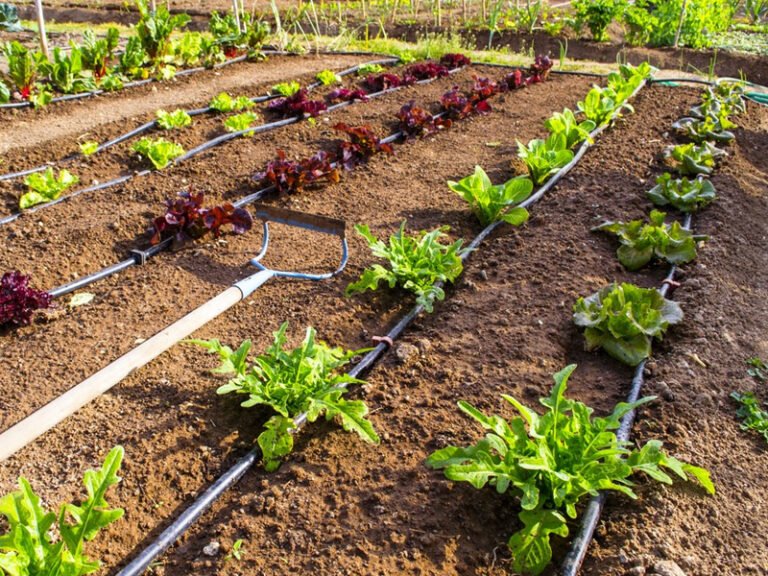1. What is Drip Irrigation for Fruit Trees?
Drip irrigation for fruit trees is a method where water is delivered slowly and evenly, drop by drop, into the soil near the root zone of the trees. This is achieved using emitters such as drippers, orifices, or drip tapes installed on the lateral pipes of the irrigation system.
2. Which Orchards Are Suitable for Drip Irrigation?
Drip irrigation is most suitable for orchards with limited water resources but good water quality and management conditions.
3. What is a Dripper? What Are the Commonly Used Types?
A dripper is an irrigation device in drip systems that reduces the pressure in the lateral pipe, allowing water to flow intermittently into the soil. It is also called a drip emitter. A common type is the pressure-compensating dripper.
Types of drippers include:
- Long-path drippers: Water flows through a long narrow channel to reduce pressure.
- Orifice drippers: Water passes through a small hole to regulate flow.
- Microtube drippers (also called hair-like drippers): These have an inner diameter of about 1.5 mm and are inserted into the wall of the lateral pipe. Their advantages include low cost and ease of installation—by cutting the lateral pipe and using side insertion, the pipe’s integrity can be maintained for underground burial. This method improves safety and extends the lifespan of the drip irrigation system.
- Orifice drippers with buried laterals: The lateral pipe is buried underground, and a 7 mm inner diameter tube is extended above ground, connected to an orifice dripper.
4. How Many Drippers Are Needed per Fruit Tree?
Generally, 3–8 drippers are installed per tree. In sandy soils or for trees with large canopies, the number of drippers should be increased while reducing the irrigation quota and shortening the irrigation interval. In clay soils with deep layers or for orchards with small-canopied trees, the number of drippers per tree can be reduced, but the irrigation quota should be increased, and the irrigation interval extended.
5. How Much Water Flow Is Required per Hectare of Orchard?
The scale of drip irrigation depends on the water source and its supply capacity. Typically, 1.5–1.9 m³ of water per hour is sufficient for irrigating one hectare of fruit trees.
6. How to Establish a Drip Irrigation Schedule?
The average annual water requirement for fruit trees from April to October is 510–620 mm, with peak demand occurring from June to August. The maximum daily water demand during this period is 3.5–4.2 mm. On average, drip irrigation supplements 19.5–25.5 m³ of water per day, with each irrigation session delivering 75–150 m³ per hectare. Generally, irrigation is applied 5–9 times per year, with intervals of 3–7 days.
The flow rate of each dripper should not exceed 15 liters per hour. For above-ground systems, the flow rate should be kept below 7 liters per hour, with 2–6 liters per hour being ideal.
7. What is Small Tube Irrigation (Bubbler Irrigation)?
Small tube irrigation, also known as bubbler irrigation, involves drawing a 4 mm inner diameter tube from the lateral pipe of a micro-irrigation system. Water flows out of the tube to provide localized irrigation near the root zone of the fruit tree. The tube is placed at two-thirds of the tree’s canopy radius, with its outlet positioned 0.3 meters above the ground.
This translation maintains the technical accuracy of the original text while ensuring clarity and readability in English. Let me know if you’d like any refinements!



